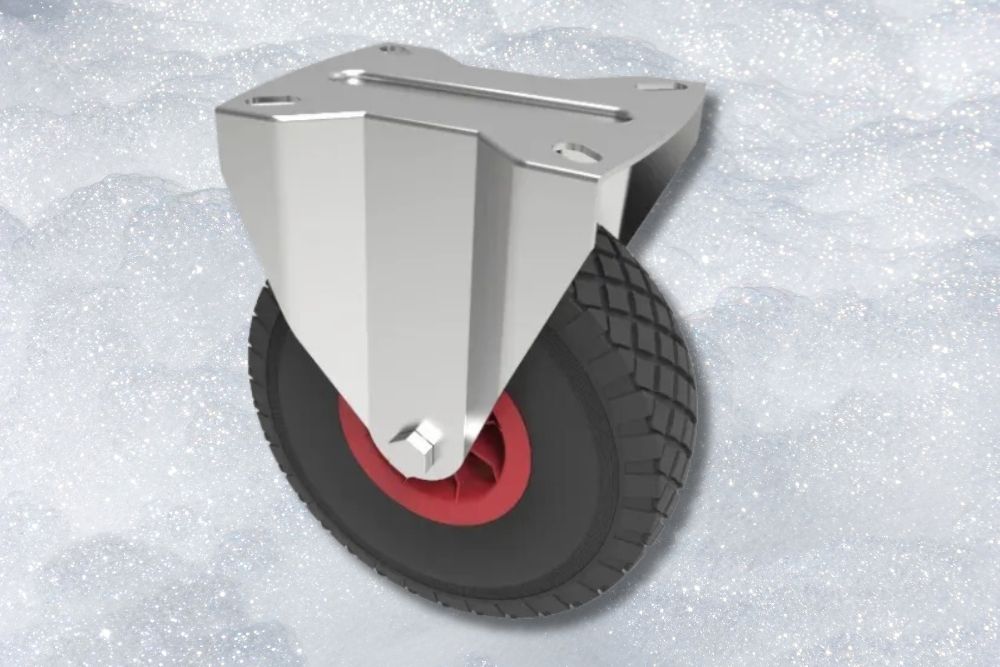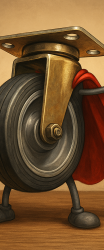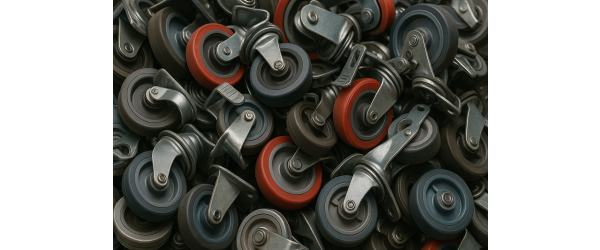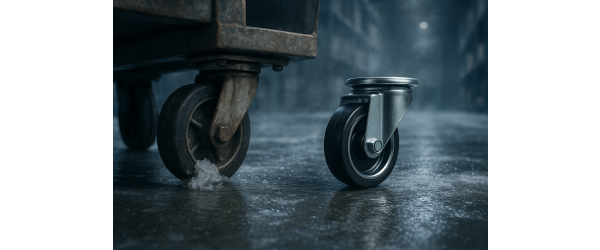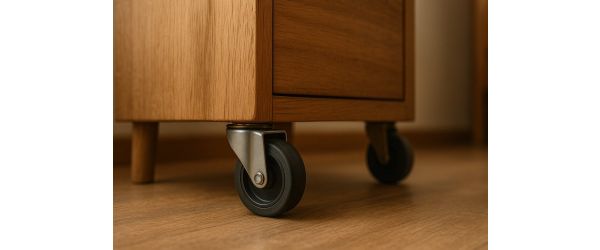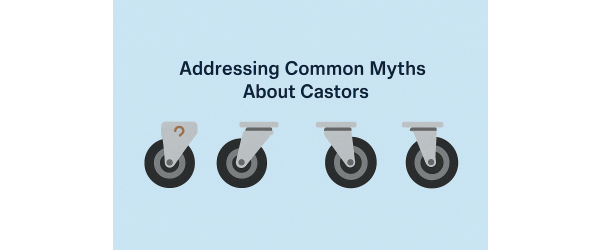Pneumatic castors are a popular choice for various applications due to their excellent shock absorption, smooth movement, and versatility. However, like any mechanical component, they require proper maintenance and care to ensure optimal performance and longevity. In this guide, we'll walk you through essential tips on how to maintain and care for your pneumatic castors, ensuring they remain in top condition.
Understanding Pneumatic Castors
Pneumatic castors are equipped with air-filled tires, making them ideal for environments where cushioning and smooth movement over uneven surfaces are crucial. These castors are commonly used in applications such as medical equipment, transport carts, and outdoor trolleys.
Essential Maintenance Tips
- Regular Inspections:
- Check Air Pressure: Ensure that the air pressure in your pneumatic castors is at the recommended level. Under-inflated or over-inflated tires can lead to poor performance and increased wear.
- Inspect for Damage: Regularly inspect the castors for any signs of damage, such as punctures, cracks, or uneven wear. Address any issues promptly to prevent further deterioration.
- Cleaning:
- Remove Debris: Keep your pneumatic castors clean by removing any dirt, debris, or foreign objects that may have accumulated. Use a soft brush or cloth to wipe down the wheels and axles.
- Avoid Harsh Chemicals: Use mild soap and water for cleaning. Avoid harsh chemicals that could degrade the rubber and materials of the pneumatic wheels.
- Lubrication:
- Lubricate Moving Parts: Apply a suitable lubricant to the bearings and other moving parts of the castors to ensure smooth operation. This helps reduce friction and wear, extending the lifespan of the castors.
- Avoid Over-Lubrication: While lubrication is essential, over-lubricating can attract dust and debris, leading to build-up and potential damage.
Best Practices for Prolonging Lifespan
- Proper Usage:
- Avoid Overloading: Ensure that the load weight does not exceed the recommended capacity for your pneumatic castors. Overloading can cause premature wear and potential failure.
- Even Load Distribution: Distribute the load evenly across all castors to prevent excessive stress on individual wheels and ensure stable movement.
- Storage:
- Store Indoors: When not in use, store equipment with pneumatic castors indoors to protect them from extreme temperatures, moisture, and UV exposure.
- Elevate Off the Ground: If storing for extended periods, consider elevating the equipment off the ground to relieve pressure on the castors and prevent flat spots.
Troubleshooting Common Issues
- Flat Tires:
- Check for Leaks: If you notice a flat tire, inspect the pneumatic wheel for punctures or leaks. Use a tire patch kit to repair small punctures.
- Replace Damaged Tires: For extensive damage, consider replacing the pneumatic wheel to ensure optimal performance and safety.
- Uneven Wear:
- Balance Loads: Ensure that loads are evenly distributed to prevent uneven wear on the castors.
- Rotate Castors: Periodically rotate the castors to promote even wear and extend their lifespan.
Conclusion
Proper maintenance and care are essential for ensuring the longevity and performance of your pneumatic castors. By following these tips for regular inspections, cleaning, lubrication, and best practices for usage and storage, you can keep your pneumatic wheels in top condition, providing smooth and reliable movement for your equipment.
For a wide selection of high-quality pneumatic castors and replacement parts, visit Castors-Online.co.uk and explore our range of products designed to meet your needs.
